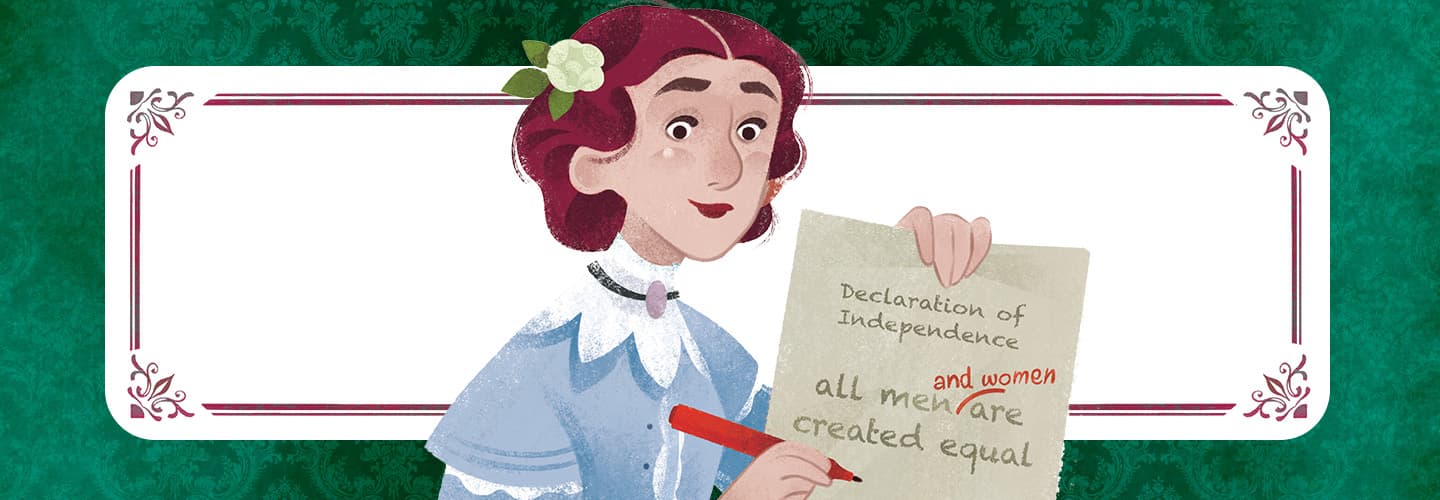Imagine your class were choosing a president and girls weren’t allowed to vote. It may be hard to believe, but that’s how national elections worked for much of America’s history. Voting was one of the many rights that only White men had.
Over the years, small groups of women had spoken out about the unfair treatment. But the issue didn’t get nationwide attention until 1848, after a historic meeting in Seneca Falls, New York.
“This convention was the first public meeting of its kind,” says Janine Waller, who works at the Women’s Rights National Historical Park in Seneca Falls. “It was dedicated solely to the rights of women.”
Many historians point to the meeting as the start of the women’s suffrage movement in the U.S.

